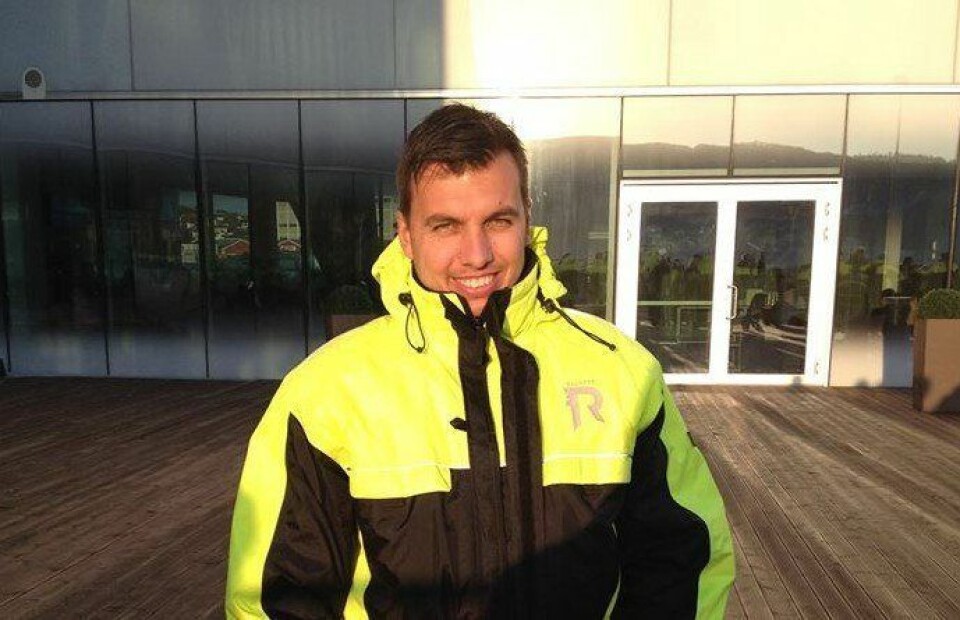
Norwegians to study algae counter-measures in Canada
Fish farmers from Norway are planning a trip to Canada to study how salmon farmers in british Columbia deal with harmful algal blooms (HABs).
Norwegian Seafood Association representative Lars Klungreseth is spearheading the field study trip. He said Canadian farmers are much better prepared for algal blooms than Norwegian farmers, who lost around eight million fish earlier this summer because of HABs in the north of the country. Canada has programs, routines and a very well functioning monitoring system, he added.
The intention of the trip to Vancouver Island in the autumn is to learn about preventative measures that Norwegian farmers can take. Previous algal bloom programs have not been successful in Norway.
Klungreseth emphasised that the Norwegian industry needs to better recognise the harmful effects of algal blooms. Researchers believe that the blooms in Norway this year were a result of climate change and rising ocean temperatures.
Preventive measures
Klungreseth is planning the trip so Norwegian farmers can learn preventive measures and management techniques from the Canadian breeders in the event of another HAB.
Canadian farmers have said that HABs have not been a significant issue on the west coast of Canada this season. However, in 2018 algae blooms killed 250,000 fish at two British Columbia salmon farms. Half of the fish were located at Grieg Seafood farms in Jervis Inlet near Campbell River, off the west coast of Vancouver Island.
A number of Norwegian fish farmers have shown interest in attending the trip to British Columbia. It is still not known which Canadian farmers will help host their Norwegian counterparts.






















































